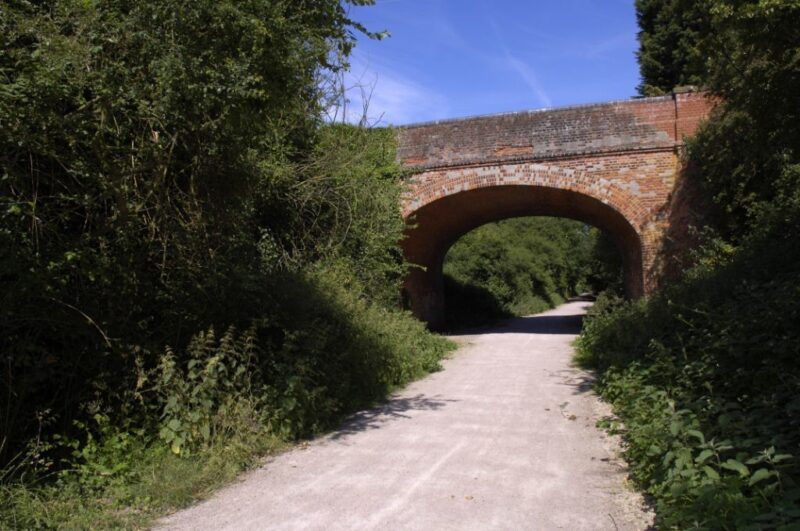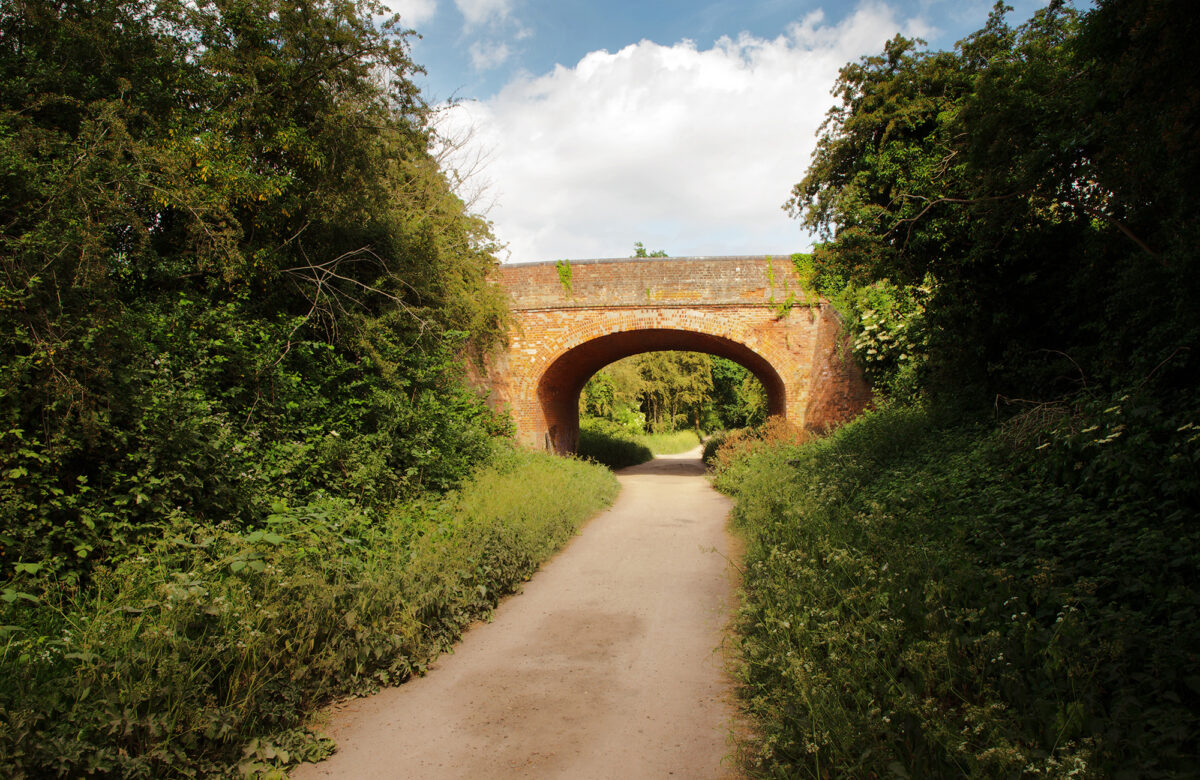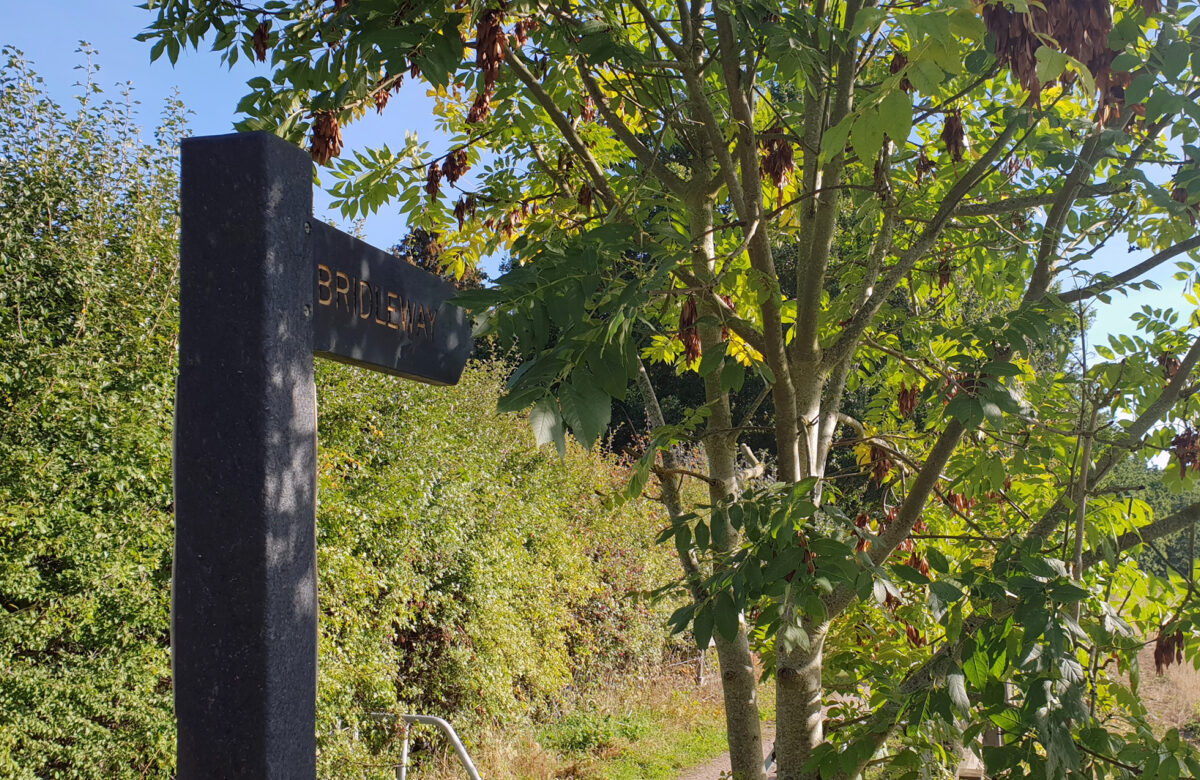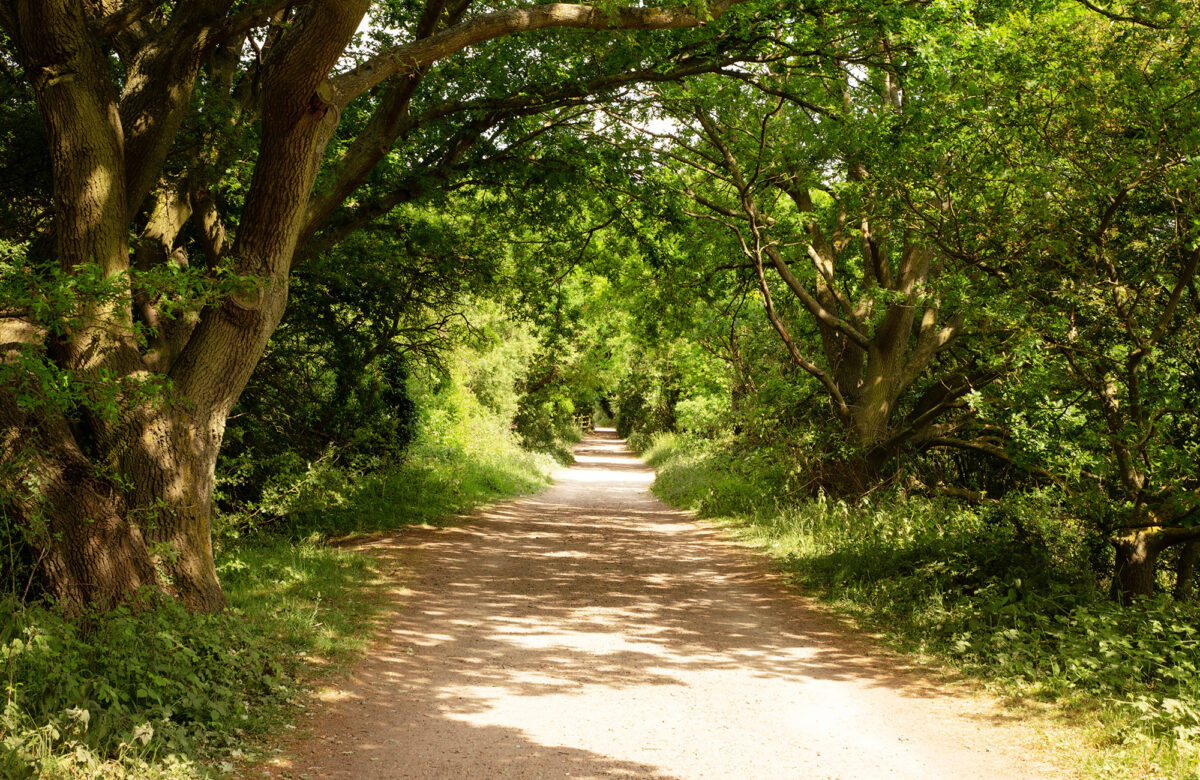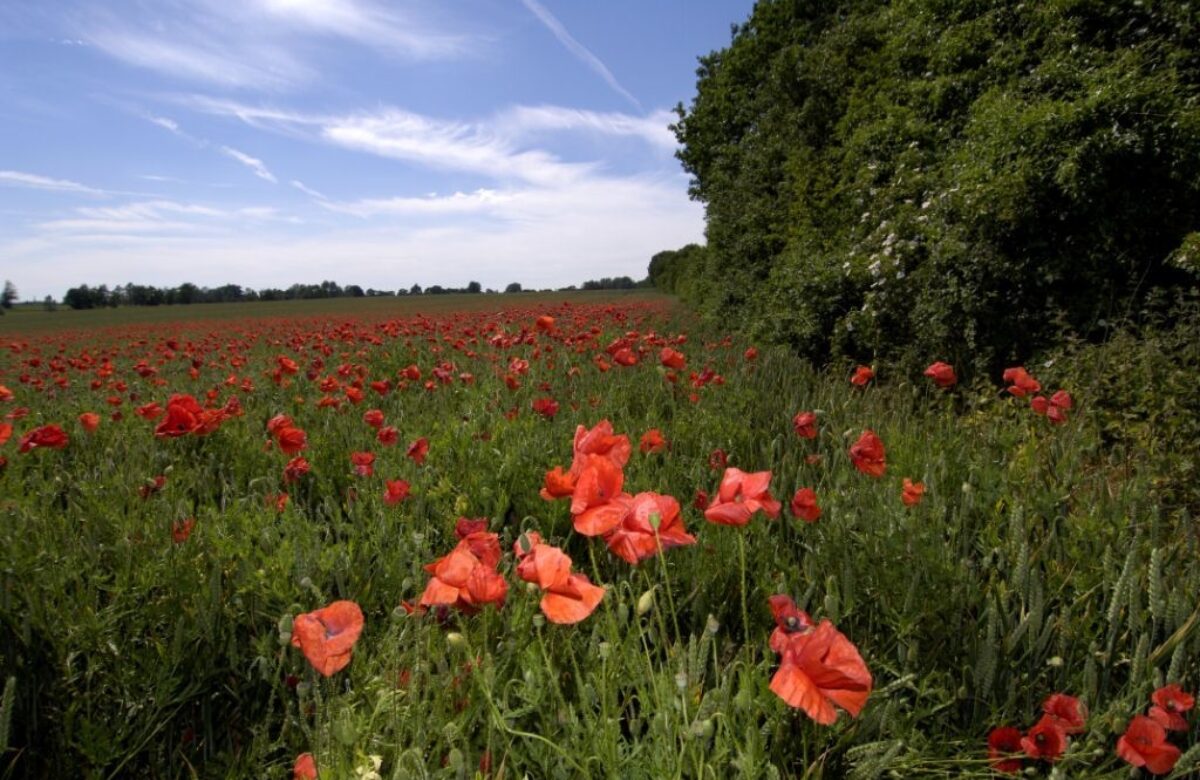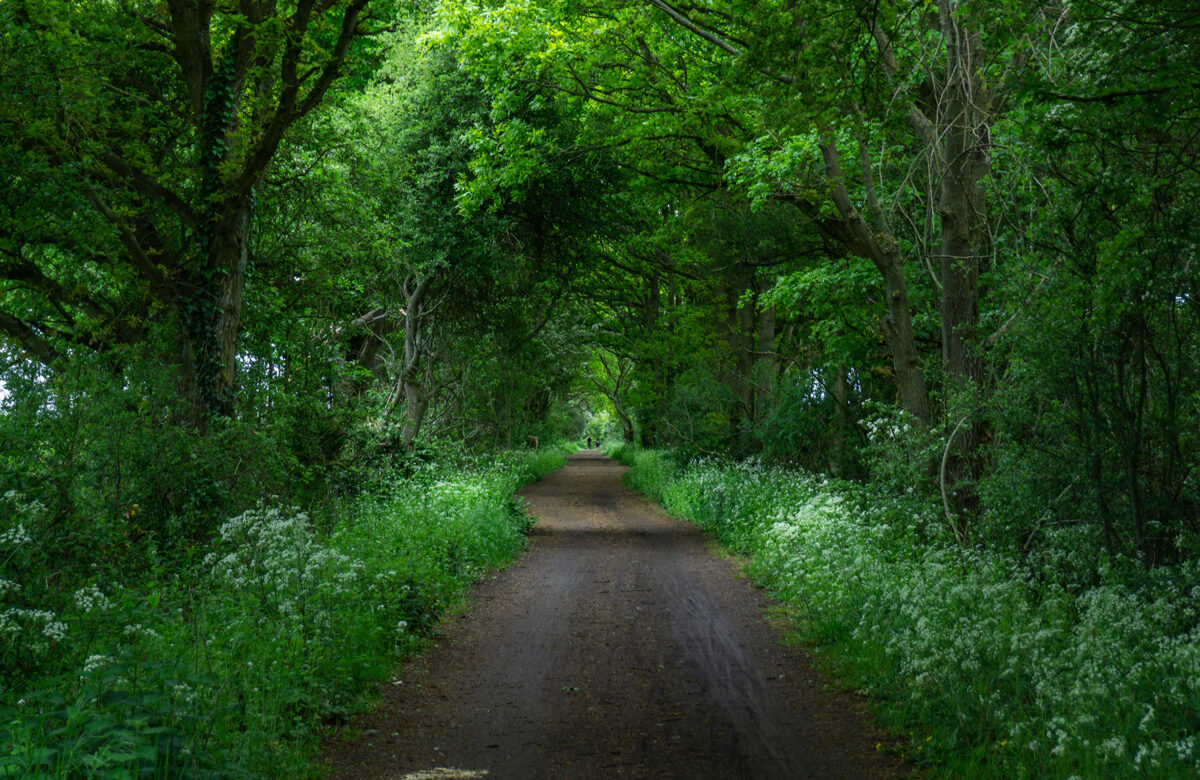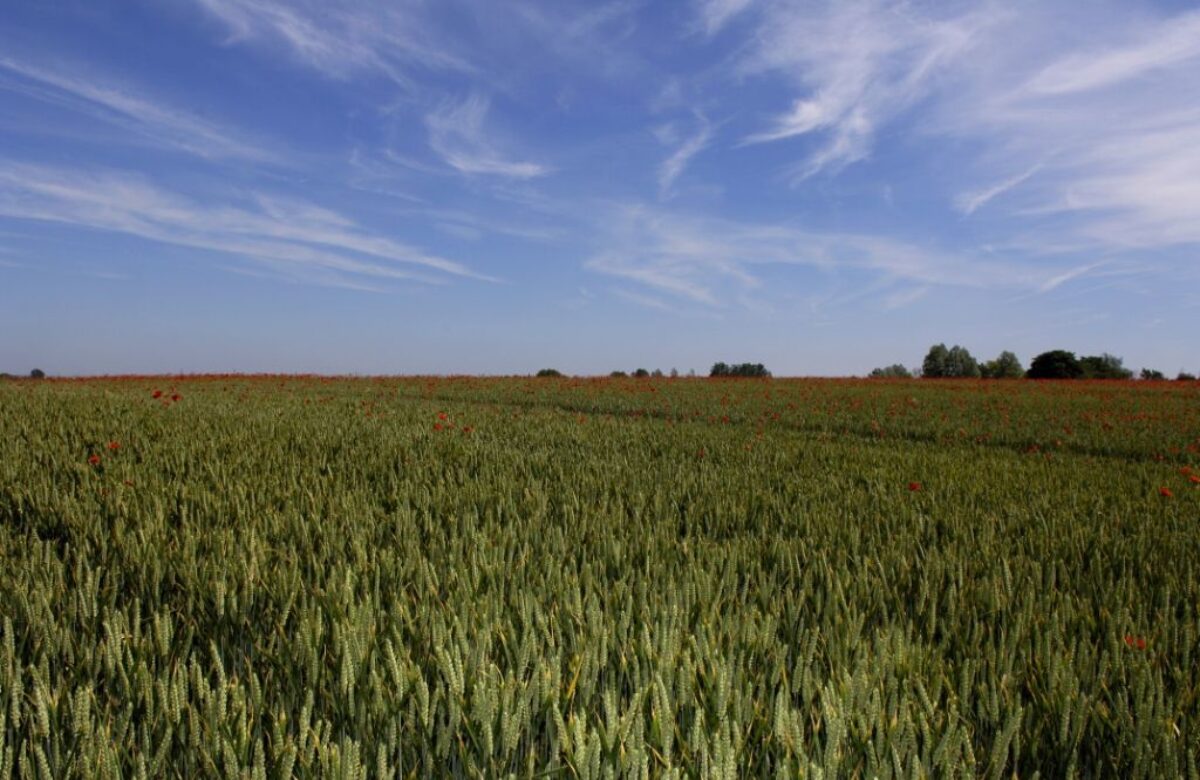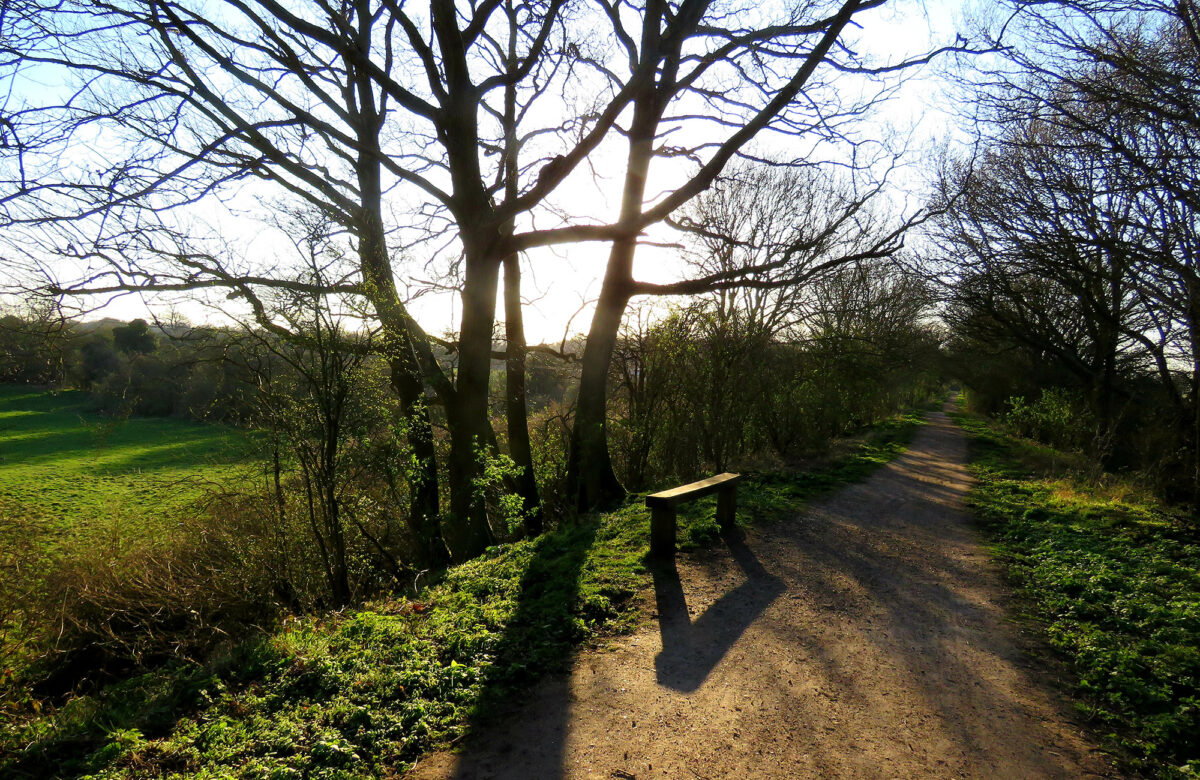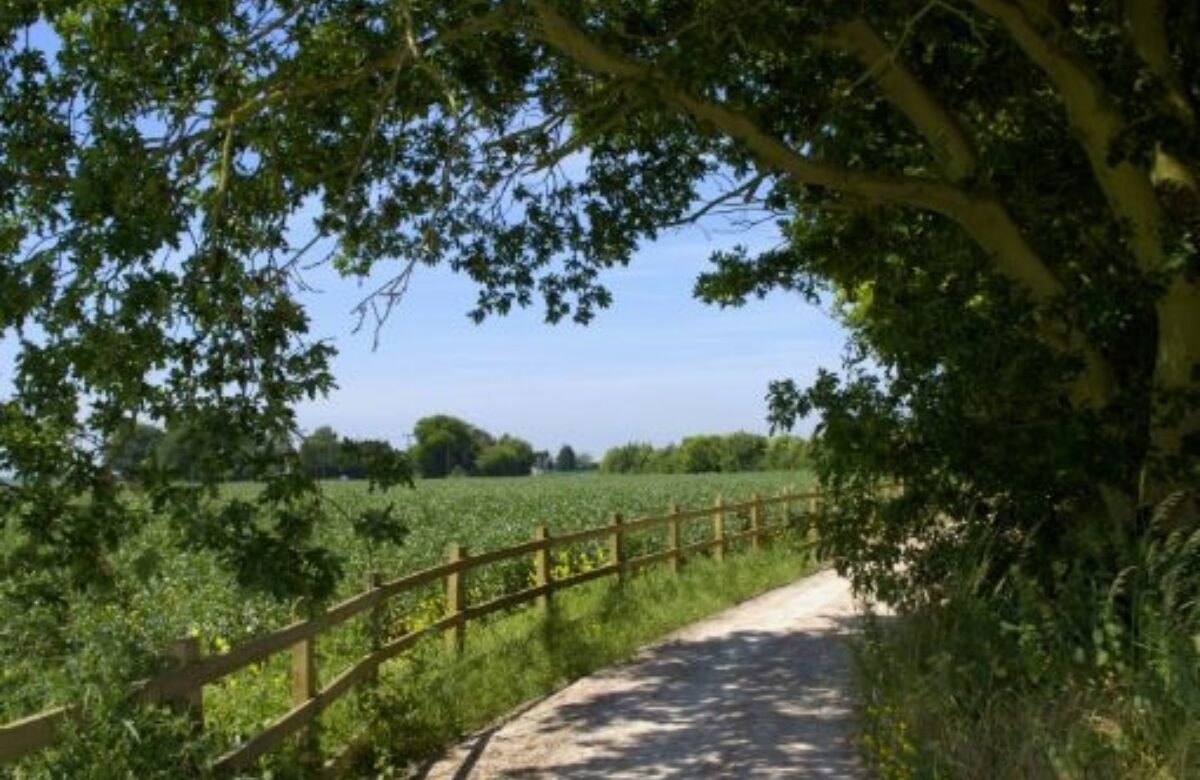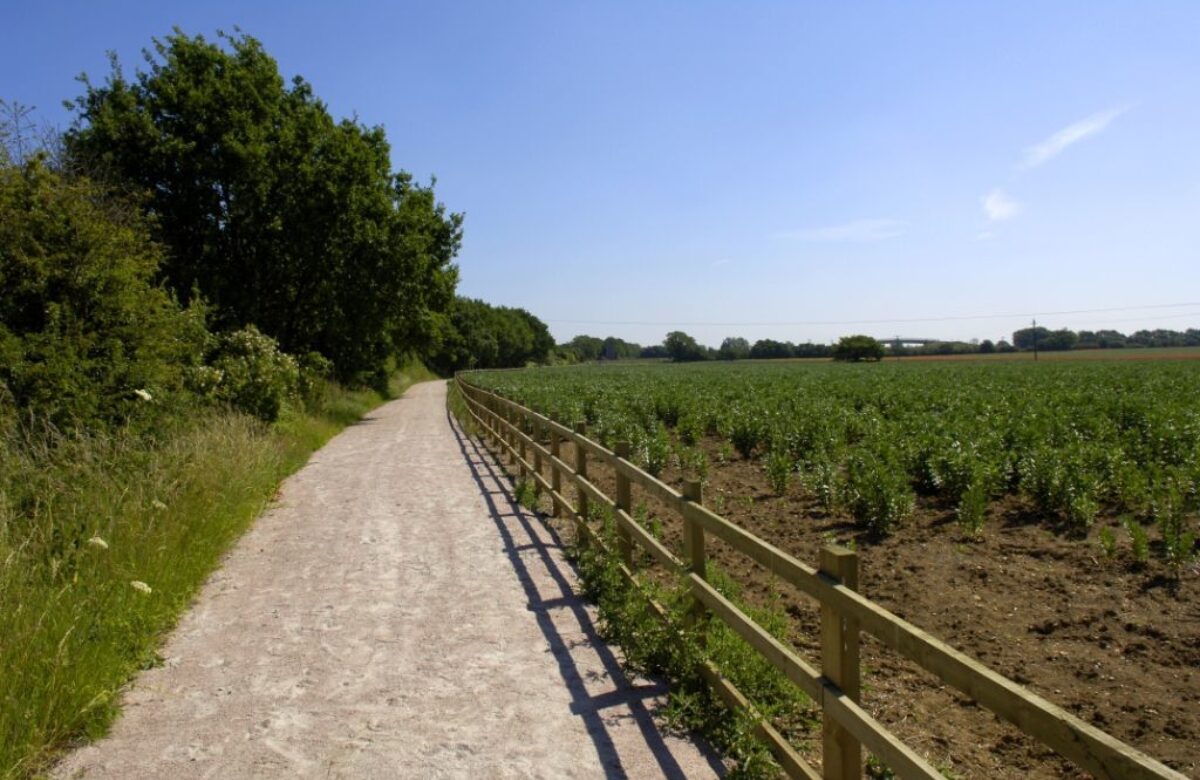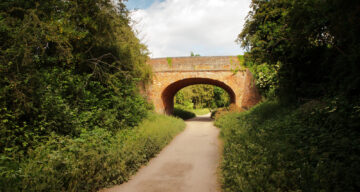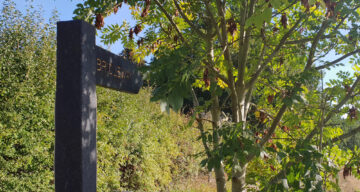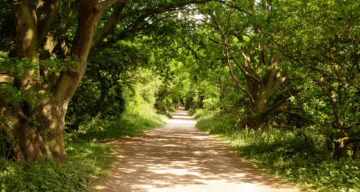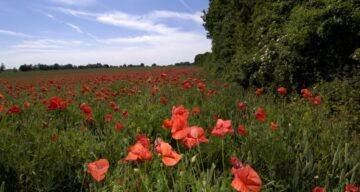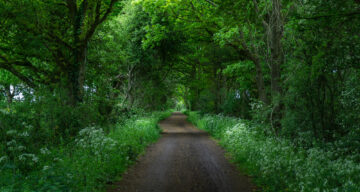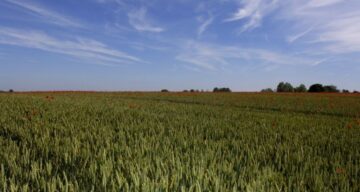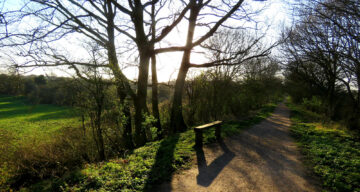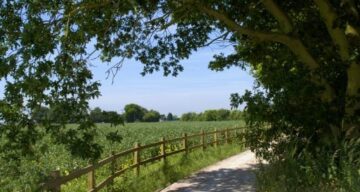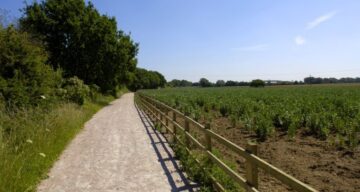Flitch Way
Enjoy 15 miles of flat, traffic free, beautiful Essex countryside following a former railway line from Braintree to Bishops Stortford. Perfect for walking, cycling and horse riding.
At a glance
Introduction
As a former railway line that passes through 15 miles of rural Essex, the Flitch Way offers perfect easy terrain for a variety of outdoor activities in the heart of rural Essex.
The flat, relatively straight and well-surfaced route is ideal if you are looking for somewhere to go jogging, cycling, dog-walking or horse riding in a safe and traffic-free environment.
There are a number of interesting sites along the way, including Victorian railway stations, Hatfield Forest, Great Notley Country Park, Rayne Station with its Booking Hall Café and several historic towns and villages.
The Friends of the Flitch Way help to maintain the area and have a selection of walking and cycling routes on their website.
History
The Former Railway
The line was one of several schemes promoted in the 19th century that included north-south lines connecting Great Dunmow with Epping, Halstead and/or Saffron Walden. The route of the built line was proposed by the Eastern Counties Railway in 1859 but the line from Bishop's Stortford, Dunmow and Braintree was built by the Great Eastern Railway which had absorbed ECR. Construction started in 1864 and the line opened on 22 February 1869 serving Takeley, Felstead and Rayne and Easton Lodge opened in 1894, Hockerill in 1910, and StaneStreet and Bannister Green in 1922.
The line was single track with passing loops at Bishop's Stortford, Dunmow, Takeley, Rayne and Braintree. Goods sidings were provided at Hockerill Halt, Takeley, Easton Lodge to supply US Air Force bases at Stansted and Easton Lodge), Dunmow, Felsted for general and use by the sugar beet factory,and Rayne.
A viaduct crossed the River Chelmer to the south of Great Dunmow; it was demolished in the 1970s to make way for the A1256 Great Dunmow bypass.
Passenger numbers were at decent levels when the line first opened, but competition from bus and road transport meant trains were running almost empty before it closed to passengers on 3 March 1952. The line remained open for freight until the end of 1971 before closing completely in 1972.
(Source: Wikipedia)
Activities
Walking
The flat, well-maintained Flitch Way path is accessible to walkers with a range of mobility needs. It takes a full day to walk the 15 miles from Bishop’s Stortford and Braintree, but with many access points along the route and links to other paths, it's easy to plan the length of walk that suits you.
Cycling
The Flitch Way offers perfect cycling for families. The eight miles from Braintree to Little Dunmow is traffic free, relatively flat and well surfaced. It offers the opportunity to explore and enjoy this activity in a safe environment. Ideal for beginners. Bring your own bikes.
Horse Riding
A there-and-back ride of the Flitch Way is possible in a day, including a refreshment stop. The surface stays fairly good all year round, so the Flitch Way is a good bridleway for winter and autumn when others are knee deep in mud.
The Flitch Way also connects at Graunt Courts with a bridleway that links Blake End and Frenches Green.
Birdwatching, Wildlife and Flora
Acting as a wildlife corridor, habitats along the Flitch Way include grassland, wildflower meadow, farmland, woodland and hedgerow. These habitats support diverse plants, mammals, birds and insects, including orchids, glow worms and butterflies.
Dunmow Cutting is an especially important area for wildlife, its south facing bank provides a superb environment for wildflowers, birds, butterflies and other insects.
Volunteering with Friends of the Flitch Way
Friends of the Flitch Way brings together local people wanting to maintain and improve the Flitch Way.
Under the guidance of Rangers, the Friends undertake many tasks, including coppicing, pond regeneration, scrub and ditch clearance, litter collection, hedge planting, installing benches, cutting back overgrown sections and even restoring a railway carriage. They also raise funds and apply for grants for development and maintenance of the Flitch Way.
Contact the Friends directly through their website to get involved. Meet every Tuesday and Thursday at 9.15 at Rayne Station.
Please contact Wendy Moss on 01376 329245 for more information.
Facilities
Visitor Centre and Toilets
Rayne Station was built in 1866.
Now the Visitor Centre is the main refreshment stop for the Flitch Way. The opening times are 09.30am to 4.00pm Monday to Sunday. Food is served between 10:00am to 15:00pm and bank holiday opening times are 10.00am to 4.00pm.
Here you’ll find exhibitions on the rich heritage of the Flitch Way countryside and public toilets, including baby change and accessible facilities.
Eat & Drink
Inside Rayne Station is the popular Booking Hall Café, a community hub where you can have breakfast, lunch or a quick drink, including a huge range of specialty sandwiches, kids meals, jacket potatoes, paninis, toasties, soup, scones, cakes and hot drinks.
Image gallery
Where to find us
Explore Essex
Search our parks and places to plan your perfect day out
Venues you may be interested in…
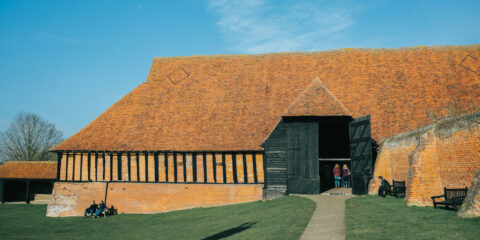
Cressing Temple Barns
Experience a unique piece of history at the 13th century, Knights Templar Barns, complete with restored Tudor walled garden and Tiptree tea rooms.
- Witham Road, Braintree, Cressing, CM77 8PD
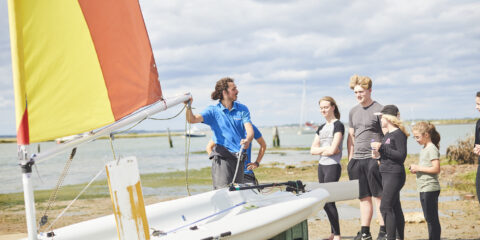
Essex Outdoors Bradwell
Bradwell is a purpose-built coastal outdoor education centre, based on the River Blackwater Estuary. Offering water based sports and more to families, schools and businesses.
- Waterside Road, Southminster, CM0 7QY
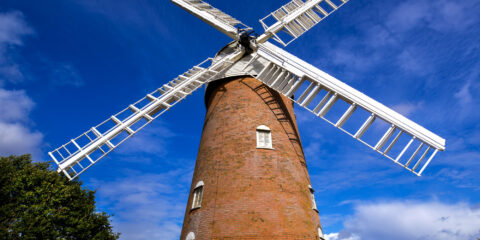
Stock Tower Mill
Popular 5-storey Grade II listed tower mill with six-bladed fantail, built around 1804, restored complete with several floors of machinery.
- Mill Lane, Stock, Ingatestone, CM4 9NE
